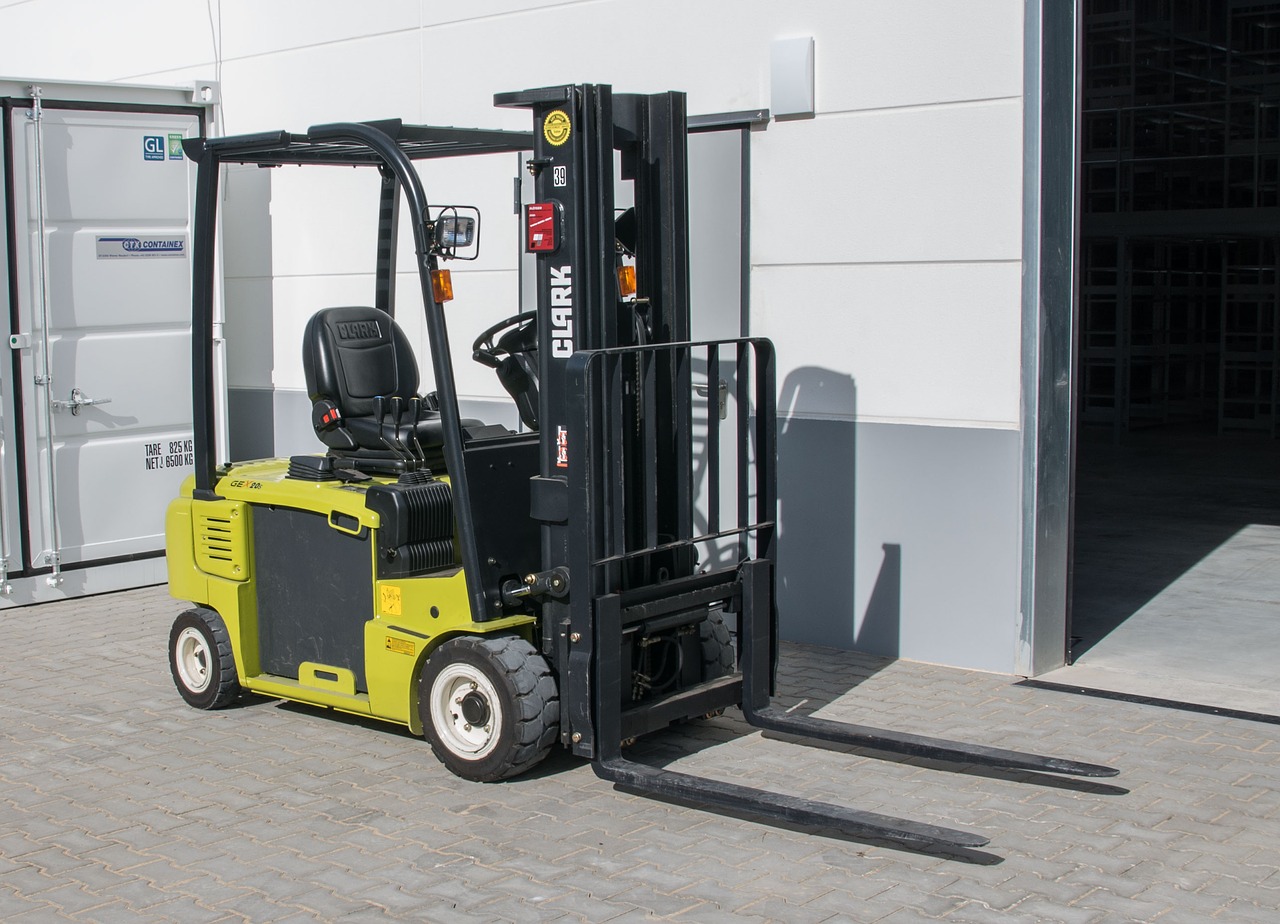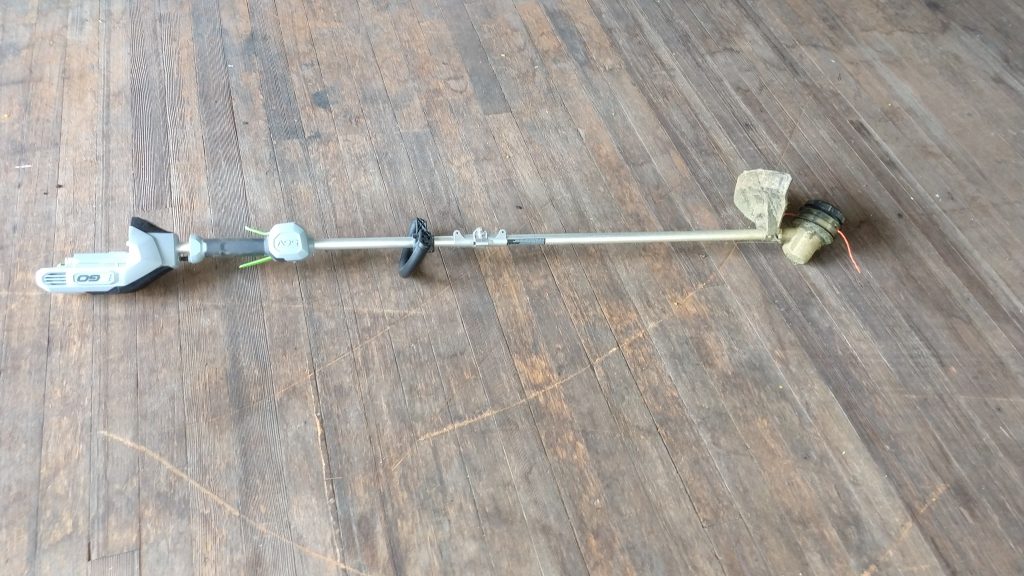A forklift is a vehicle that is used to move heavy objects by lifting them with a metal prong at the front. And these vehicles are often used in warehouses to lift pallets of goods off the ground on their metal prongs. Forklift operators can move quickly between rows of pallets, improving the way that they are able to load and unload trucks at busy periods. This can be particularly important in busy periods when a shortage of forklift operators can limit warehouse productivity.
Forklifts are also used to move goods between floors within a warehouse, allowing them to access different production lines or storage areas without having to use a lift or carry the goods by hand. This can help increase warehouse productivity as it eliminates wasted time moving items between different levels.
The Most Common Types Of Forklift Models Used To Boost Site Productivity
There are different types of forklifts that are used to improve productivity inside the warehouse facility. The most common type of forklift is the electric forklift. It is used to move pallets and skids around the warehouse. Electric forklifts are powered by a battery, so they are environmentally friendly. They also have a low cost of ownership, and they are easy to operate. On the other hand, gas-powered forklifts are also used to increase productivity in a warehouse setting. They have increased speed and performance, but they require more frequent maintenance than an electric forklift.
Another type of forklift that is commonly used in warehouses is the Reach Truck. This type of forklift is used to move pallets and skids from one location to another, and it has a reach that exceeds the length of an ordinary forklift. This makes it the perfect choice for moving heavy objects between different levels in a warehouse.
The Order Picker is also a type of forklift that is commonly used in warehouses. This forklift is not meant to transport pallets or skids, but it is the perfect choice for transporting items based on their delivery destination. Since an order picker can reach all levels of a warehouse, it can be used to store and retrieve even the most difficult-to-reach items.
Pneumatic tire forklifts are often used outdoors, as it has a large tire that can handle uneven surfaces. Pneumatic tire forklifts are also known for their durability, as they can handle even the most difficult terrain.
Counterbalanced stackers are forklifts that are specifically designed to move pallets and skids from one location to another. They have a counterbalance that helps to keep the load in balance, which makes them ideal for moving heavy objects. Counterbalanced stackers can also be used for transporting items based on their delivery destination.
The narrow aisle reach forklift is typically used in small warehouses for narrow space operation, particularly for piling materials on high racks.
And lastly, cushion tire forklifts are used indoors, as it has a small tire that can handle uneven surfaces.
How To Enhance Material Handling Productivity With The Use Of These Machines?
There are many different ways that warehouses can increase their material handling productivity. One way is to use a forklift truck to move pallets and skids from one location to another. Forklifts can be used interchangeably with traditional pallet jacks, which makes them an economical solution for warehouse managers who want to increase throughput by improving their operations.
And another way to enhance material handling productivity is by using the forklift machine to transport items based on their delivery destination. A forklift can reach all levels of a warehouse, which makes it the perfect choice for storing and retrieving even the most difficult-to-reach items.
How To Take Care Of The Forklift Machine That Is Used Inside Your Warehouse?
Since there are various types of forklifts used to improve warehouse productivity, it is important for warehouse managers to understand how to take care of these machines. The following are a few tips on how to properly care for a forklift:
1. Forklifts should always be turned off when they are not in use. This helps to conserve fuel and extend the life of the machine.
2. Forklifts should be kept clean at all times. This helps to prevent the buildup of dirt and debris, which can cause damage to the machine.
3. Forklifts should be inspected on a regular basis. This helps to identify any potential problems that may need to be addressed.
4. Forklifts should be serviced by a certified mechanic like Watts Equipment Co., Inc in California on a regular basis. This helps to ensure that the machine remains in good working condition throughout its life span.
5. Forklifts should never be used when not loaded at full capacity. This is especially important for gas-powered forklifts, which can emit harmful emissions if they are overloaded.

